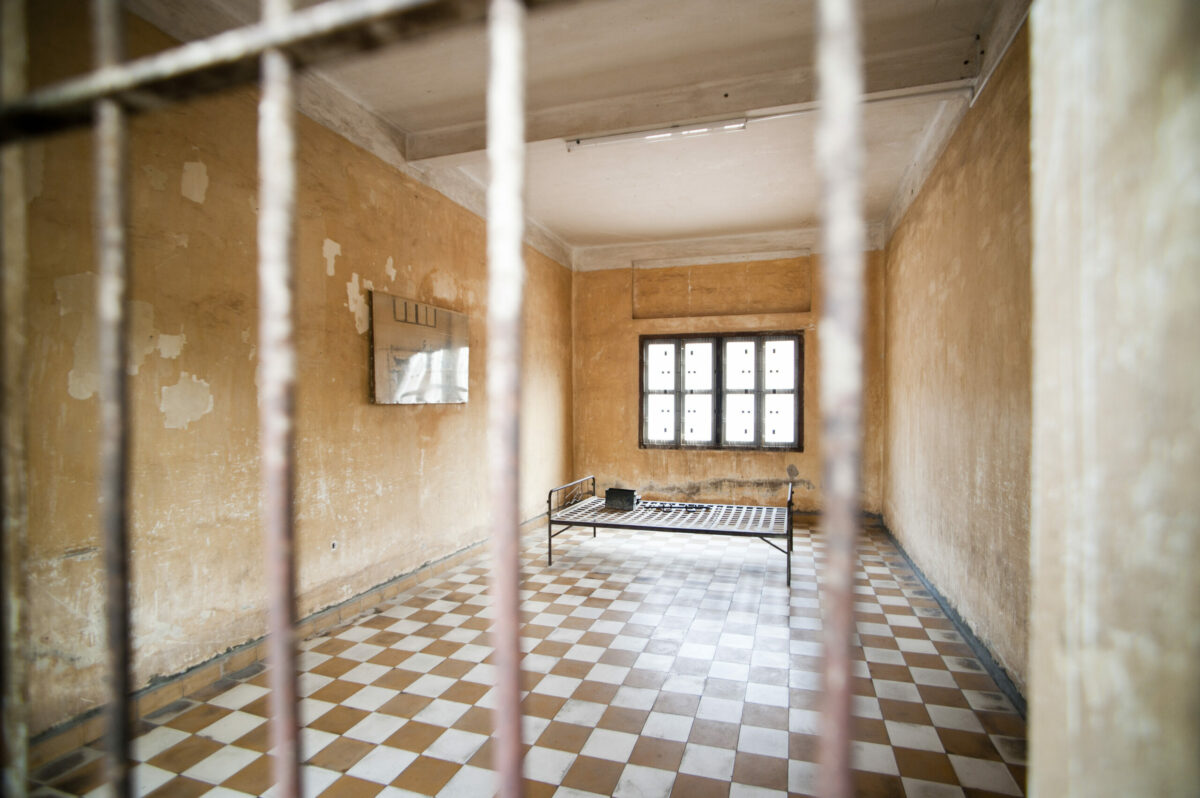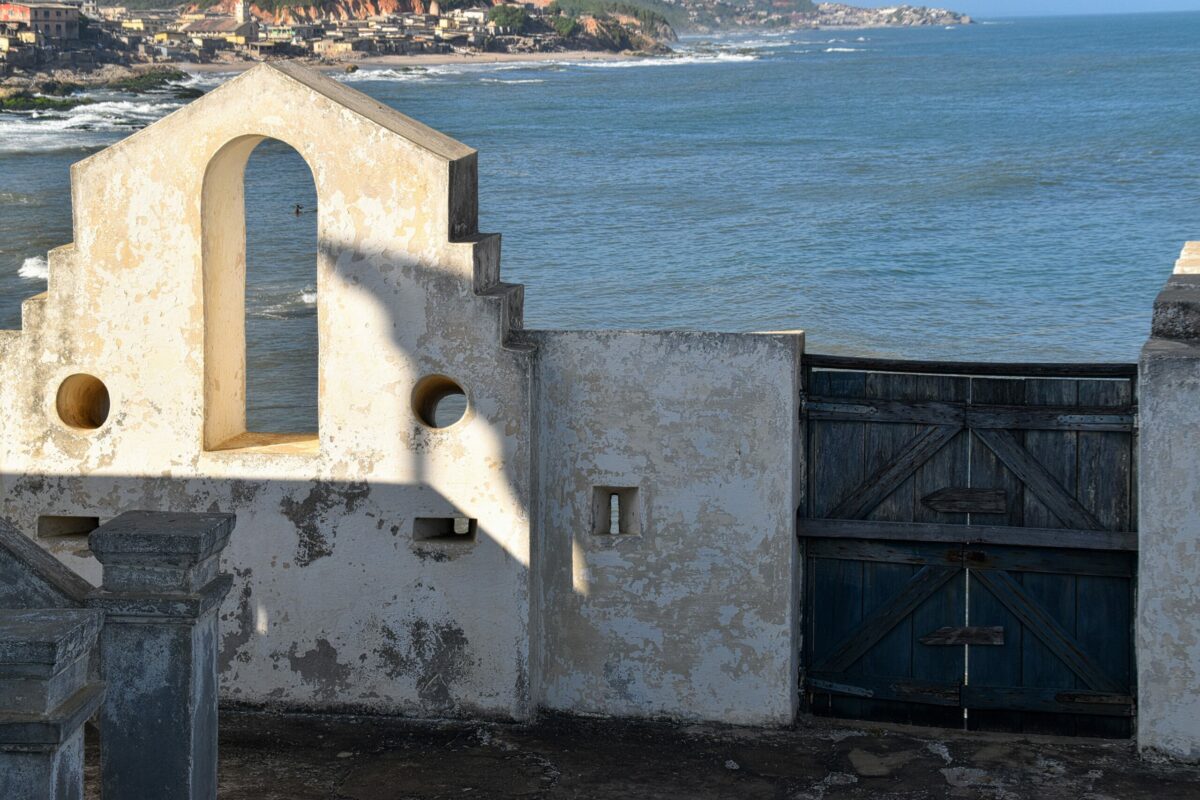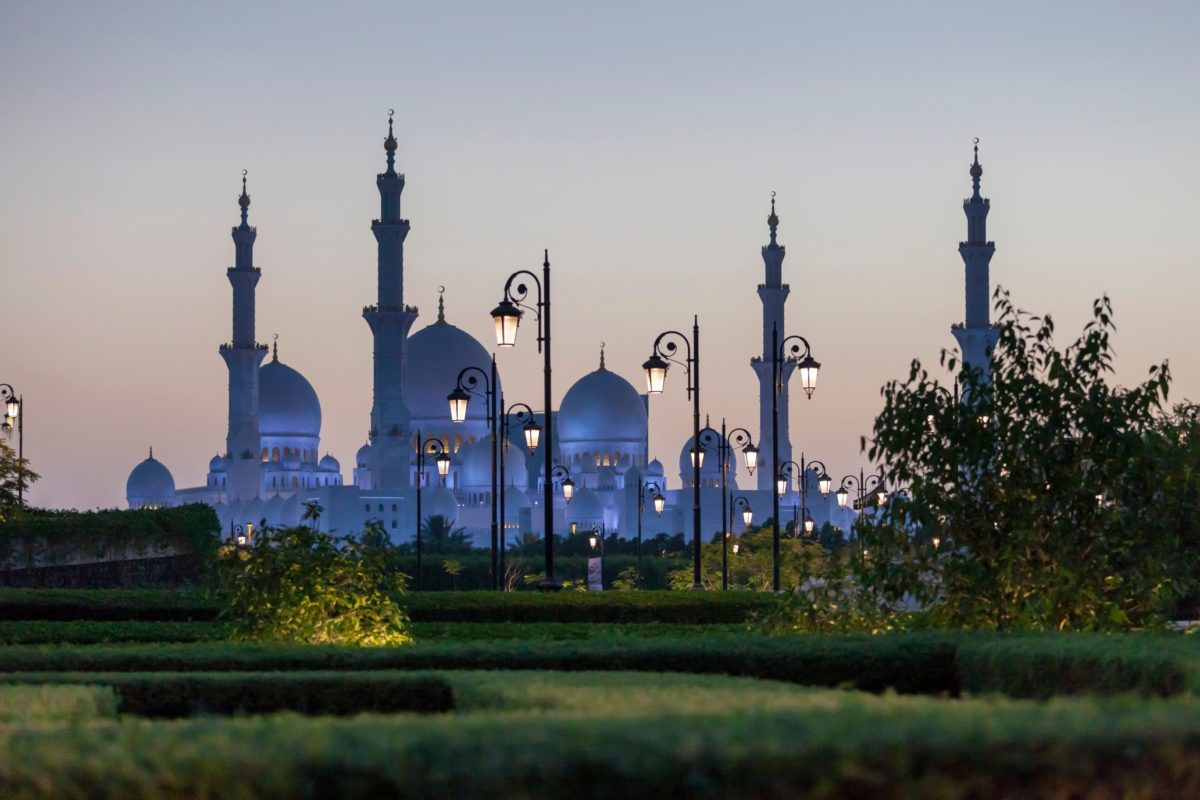What is dark tourism, and should it have a place on your travel to-do list? Here, we cover the origin of the phrase “dark tourism” (not to be confused with dark sky tourism), what seems to motivate travelers to take such journeys, and where to find dark tourism destinations that will have important meaning and purpose for you.
what is dark tourism?
What is dark tourism, why does it appeal to an increasing number of world travelers, and where are the destinations to consider visiting if the concept resonates with you?
We read a fascinating article in the travel section of The Telegraph recently about the increased popularity of “dark tourism.” John Lennon and Malcolm Foley, researchers at Scotland’s Glasgow Caledonian University, coined the term “dark tourism” in 1996.The phrase generally encompasses “all forms of gruesome and grim voyeurism . . a phenomenon that encompasses the presentation and consumption (by visitors) of real and commodified death and disaster sites.”
Think of destinations like Ground Zero in New York. Chernobyl. The Nazi death camps. Tourist visits to many such dark tourism locations are reportedly on the rise, perhaps fueled by viewings of the polarizing 2018 Netflix documentary series Dark Tourist.

Dark tourism destinations. A room at the Tuol Sleng Genocide Museum (S-21 Prison), Phnom Penh, Cambodia. Photo credit: Envato Elements.
what is its appeal?
Why the increase in such visits? The Telegraph notes that “researchers have made cases for a wide range of motivations, including educational interest, self-discovery, identity, contemplation, homage, curiosity, the search for novelty, and a bid for authenticity or originality.”
The list of motives is both lengthy and somewhat controversial – many opinion writers frown on the very idea of dark tourism, calling it unethical, especially when the true goal of the visit is a selfie for social media.
Nevertheless, there are important and honorable reasons for the creation of these sites. And the drive to visit them. And that has been the case for centuries. If you’re considering a journey to a dark tourism destination, you’ll be participating in a long tradition of cultural tourism to destinations associated with death and the passage of time. Shrines, houses of worship. Battlefields, prisons, ancient ruins. Cemeteries and catacombs.
Here are some of the dark tourism sites that have been opened to the public – some of which are also UNESCO World Heritage sites – that you may decide to add to your travel to-do list when the time is right.
5 haunting dark tourism destinations around the world
1. Cambodia.
Choeung Ek Genocidal Center. The Khmer Rouge Killing Fields. These are two of the most-visited sites in the Cambodia for those seeking to commemorate the victims of the brutal Khmer Rouge regime. In Choeung Ek alone, between 1975 and ’79, 17,000 civilians were murdered at the site. A 17-story glass stupa at the site houses 8,000 skulls. Fragments of human bones and clothing can be seen dispersed around the burial grounds, keeping the memory of the victims and the sins of the perpetrators in clear view.
2. Argentina.
The UNESCO World Heritage site committee added an infamous detention center in Buenos Aires, Argentina to its list in 2023. “The Officers’ Quarters building at ESMA (Escuela Superior de Mecánica de la Armada, or the Higher School of Naval Mechanics) was used for holding captive opponents who had been abducted.” The government later killed many of the detainees.
During the country’s Dirty War, as many as 30,000 people are estimated to have been “disappeared” and taken to over 600 clandestine detention centers like this one. On May 19, 2015, the site of unspeakable atrocities committed by the military regime was opened to the public as a “space for memory.” By adding the site to the UNESCO list, the organization has helped ensure that this space will remain a bastion for the promotion of human rights.
3. United States.
Arguably, the United States has several poignant and historically important dark tourism destinations: the remaining slave shacks of the South. Tulsa, Oklahoma, the site of the former “Black Wall Street” that was razed in a frenzy of murderous violence carried out by white supremacists. The battlefields of the Revolutionary and Civil Wars. Pearl Harbor.
But one dark tourism destination in America that we would like to visit that may not be as well known is Wounded Knee Creek, South Dakota. On December 29, 1890, the U.S. Army massacred 300 Lakota people there. Historians estimate that over the course of two centuries, the population of Native Americans in the U.S. dropped from 10 million to under 300,000 as a consequence of forced migration, disease and armed confrontations such as this one.
4. Ghana.
Cape Coast Castle, Ghana is one of 40 “slave castles” built by European traders on the coast of West Africa. A place of deep loss and mourning, sites like this have become a place for African-Americans to visit to deepen their connections to their history and their ancestors. The Door of No Return, on the castle’s outer walls, was the last place enslaved Africans walked through before being forced onto ships crossing the Middle Passage.
5. Poland.
Many of the most famous dark tourism destinations mark the sites of World War II atrocities: Peal Harbor. Hiroshima and Nagasaki, Japan. The beaches of Normandy. But the former Nazi death camp Auschwitz-Birkenau represents the most blood-soaked and atrocious of them all.
More than a million people died at Auschwitz between 1940 and 1945. Approximately 960,000 were Jewish. Other victims were persecuted due to their sexual orientation, political beliefs, religion or ethnicity. The scale of the site alone speaks to its horrors. 155 buildings and 300 ruins are still standing at the site near Oświęcim, Poland. Two of the three camps—Auschwitz I and Auschwitz II-Birkenau—are open to visitors.
dark tourism destinations – the what, why and where
Those are answers to some of the questions surrounding the increasing popularity of visits to dark tourism destinations: what is is, why it seems to appeal, and where some of the most highly-visited sites are around the world. What do you think, dear reader? Is this kind of trip for you?










